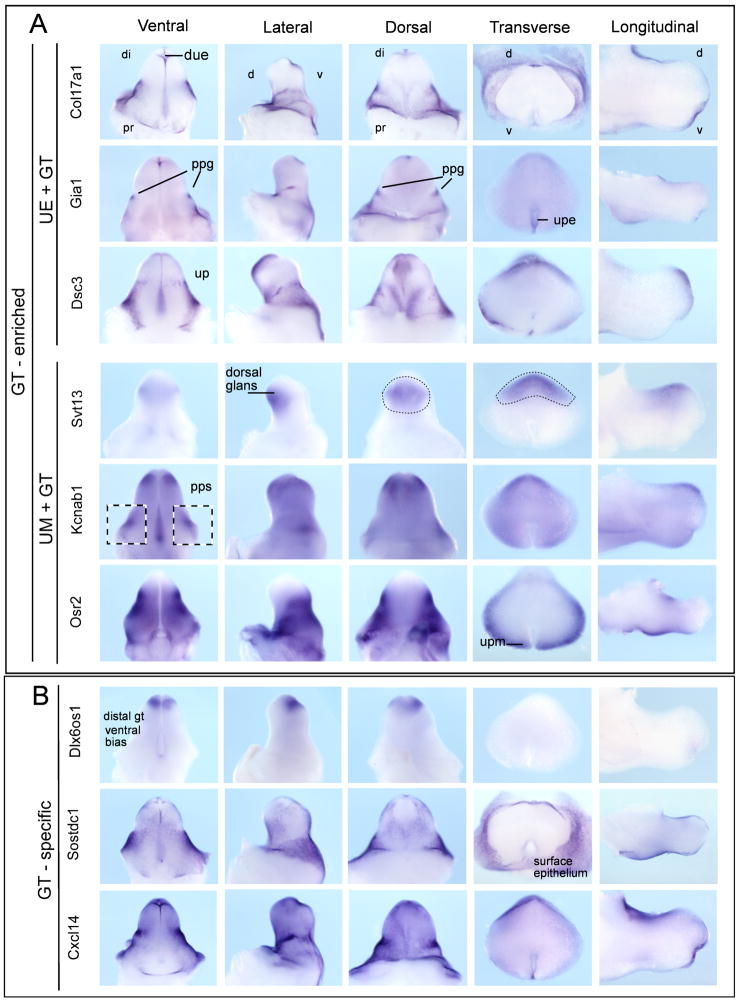Figure 4. Validation of E14 genital tubercle-enriched gene expression.
A) Genital tubercle-enriched genes predicted to be expressed in UP epithelium and GT (Col17a, Gja1, Dsc3) or UP mesenchyme and GT (Syt13, Kcnab1, Osr2). Expression can also be seen in preputial gland (Gja1), distal urethral epithelium (Col17a, Gja1, Dsc3), surface epithelium of glans and preputial swelling (Col17a, Gja1, Dsc3) and preputial swelling mesenchyme (Kcnab1, Osr2). B) Genital tubercle-restricted genes (Dlx6os1, Sostdc1, Cxcl14) showed expression in preputial swelling epithelium (Sostdc1, Cxcl14), distinct domains across the dorsal GT (Dlx6os1, Sostdc1, Cxcl14) and distal genital tubercle (glans) (Dlx6os1). Material is presented from left to right as wholemounts of ventral GT, lateral GT (dorsal to the left side), dorsal GT, and transverse and longitudinal sections through wholemount specimens. di, distal; pr, proximal; d, dorsal; v, ventral; due, distal urethral epithelium; up, urethral plate; upe, up epithelium; upm, up mesenchyme; ppg, preputial gland; pps, preputial swelling.

